
No matter how many times we come to Rome there are always new places to discover. During our 9 days here we revisited many old favorites, discovered a few new ones, and visited newly opened areas in old favorites. Rome can be overwhelming with so many ancient places to visit but with 9 days here it gave us the luxury to walk out the door and wander aimlessly for hours and see what we stumbled upon. There is history on every corner so in an effort to keep this blog post from becoming a novel I will stick to the highlights and provide links for more detailed background if you are interested.
Piazza Navona – one of the most beautiful squares in Rome, this elongated piazza is built on the ancient site of the Stadium of Domitian, built in the 1st century AD as a stadium for athletics competitions. After the fall of the Roman Empire houses were built around the piazza and in the 17th century the church Sant’Agnese in Agone was built, and Bernini was commissioned to build the Fountain of the Four Rivers. This magnificent fountain, with its 16-meter high Obelisk of Domitian, is the center point of the piazza with two smaller fountains at either end, The Fountain of Neptune and the Fountain of the Moor. This piazza is very popular with numerous restaurants vying for your business, and in addition to the many tourists, you will find artists presenting their work for sale. We enjoyed a few visits to the piazza and paid the big bucks to sit in a cafe sipping an Aperol Spritz watching the world go by. Fortunately, it is still low season here in Rome so the crowds are not overwhelming!
The Vittoriano Monument – is a colossal monument of white marble built at the turn of the 20th century to honor Italy’s first king, Vittorio Emanuele II. The tomb of the Unknown Soldier sits at the top of the main staircase and towering overhead is the massive statue of King Vittorio on horseback. This bronze sculpture is 12 meters high by 10 meters long and took 20 years to complete. The monument is free to enter with a charge of 12 Euros ($13 USD) each to ride the elevator to the panoramic terrace. The views from the terrace over all of Rome are spectacular and there are photographic guides identifying significant points of interest which can be seen from the terrace. At either end of the terrace are two imposing bronze quadrigas that can be seen from virtually anywhere in Rome, I often used them as a reference point as we walked about the city knowing our apartment was not far away!
The Pantheon – after almost 2,000 years the Pantheon’s dome is still the world’s largest unreinforced concrete dome and one of the best-preserved ancient Roman buildings. The large bronze doors are the original doors and the oldest in Rome. Within the temple, you will find the tombs of two kings of Italy and the great artist Raphael. The construction of this building defies logic and as we look around we can only marvel at not only how this was done, but how it has lasted 2,000 years. Something we noticed when on the panoramic terrace of the Vittoriano Monument was how the dome looked much flatter on the outside. Researching this, the explanation is that at the base of the dome the concrete is 21 ft thick and at the top by the oculus is just 4 ft thick, so the inside roofline is much rounder and steeper than the outside. The Pantheon is free to visit but by mid-day, the lineups are very long so heading there early morning is recommended.
The Roman Forum – is 5 acres large and filled with the ruins of several important ancient buildings. There are so many temples, arches, and ruins here I can’t begin to go into the stories behind them. This website gives a good explanation of the highlights in the Forum. It’s another one of those places that’s mind-boggling when you stop and think about how old everything is and what life must have been like thousands of years ago.
Almost 2,000 years old, The Colosseum is one of the seven modern wonders of the world and one of the top attractions in Rome. The large amphitheater housed 65,000 spectators in Roman days to watch gladiators battle each other as well as wild animals in the colosseum’s arena. We have been inside the Colosseum twice before but in both cases, the underground spaces were not yet open to visitors. Now they are open for guided tours only so we joined a tour to learn more about what went on underneath the arena floor. We booked our tickets directly on the colosseum ticket site and 34 Euros ($37 USD) included a 75 minute guided tour of the underground, following the tour we were free to wander about on our own. Coincidentally we booked our visit on International Women’s Day and my ticket was free, I only had to pay 12 Euros ($13 USD) for the guided tour portion! If you have already been to the Colosseum it is worth going again to tour the underground passageways. The number of manual elevators to hoist wild animals, slaves, and gladiators up into the arena floor through hidden hatches is amazing, not only the number of elevators but the technology they used that long ago. If you let your imagination go you can feel what it must have been like down there in those dark stinky passageways as wild animals, slaves and gladiators awaited their turn to fight to the death…mostly the animals died!
Castel Sant’Angelo – was built in the 2nd century and originally planned as a mausoleum for Emperor Hadrian and his family. It was converted to a castle in 280 and over the years has been used as a prison and a refuge for popes, with an underground tunnel connecting the castle to the Vatican. The Vatican gave the castle to the Italian army in 1870 for use as a barracks and eventually it was opened up to the public as a museum. Much of the artwork that would have been there was destroyed when the castle was turned into a prison. The Castel is connected to the other side of the Tiber river by the beautiful Bridge of Angels, each side of the bridge is lined with 5 angels built by students of Bernini. Tickets into the castle cost 12 Euros ($13 USD) each and in the busy season should be reserved ahead of time.
The Spanish Steps – are a Rococo-style 138 steps staircase completed in 1725 leading from Piazza di Spagna up to the 16th century Trinita dei Monti church. These days, the area at the base of the steps is a luxurious shopping area, with Via Condotti being the highlight. This historical retail strip has pretty much every famous luxury brand store you can think of. The steps are a popular people-watching place and the views from the top across Rome are impressive.
The Vatican Museums and Sistine Chapel – are definitely the most popular place in Rome to visit. This was our third time visiting the Vatican/Sistine Chapel and every time it renders us speechless. Our first visit in 2009 was a 9-hour guided tour with an American history student who specialized in Pope’s, it was outstanding. Since then we have felt comfortable viewing the museum on our own, which gives us the luxury of sitting in the Sistine Chapel for as long as we wish. The chapel boasts some of the most famous paintings in the history of art and Michelangelo was insanely talented. The ceiling frescoes depict scenes exclusively from the Old Testament with a lot of perfect naked male bodies, Michelangelo’s obsession because he considered muscled masculinity a sign of the divine. Suffice it to say, the Sistine Chapel is extraordinary and worth repeated visits. I can’t even begin to describe what is housed in the Vatican Museums so you are on your own to research this one 😊 One of my favorite places in the museum is the Rafael Rooms, these four rooms are filled with stunning frescoes painted in the early 1500s by Rafael and his students.
Photographs are not allowed in the Sistine Chapel so here are a couple from the internet:
St Peter’s Basilica – is one of the most renowned churches in the world and like most churches, is free to visit. St Peters is also one of the largest churches in the world and can hold 20,000 people seated or 60,000 people standing. The entire church is filled with priceless masterpieces of Renaissance and Baroque art, the most famous of which is Michelangelo’s Pieta sculpture, my personal favorite. Every time I see this sculpture I am in awe of the talent Michelangelo possessed at such a young age, he was only 24 when he sculpted this. The quantity of art in St Peters is beyond description so I will leave it to you to delve deeper if interested. This was our third visit to St Peter’s and our first visit to the grottos where about 90 popes are buried in the papal tombs, the most famous being St Peter, the first pope. We also bought tickets to climb to the top of the dome, which we have done before but it’s always an adventure. Tickets can be purchased at the basilica at a cost of 10 Euros ($11 USD) each to take the elevator part way and climb the rest of the way. The views over St Peters Square and Rome are amazing! St Peters Square is one of the largest in the world and has held more than 300,000 people at one time, can you imagine that!!! The square was designed by Bernini and built between 1656 and 1667, topping the columns surrounding the square are 140 statues of saints created in 1670 by students of Bernini. Talk about impressive!
I am a Michelangelo fan and the Basilica di San Pietro in Vincoli Church is where you will find his gorgeous sculpture of Moses, which he considered his greatest life work. The website I have linked to provides a well-written story about this magnificent sculpture and an interesting story (not sure of its validity) about how Michelangelo came to paint the Sistine Chapel. This unassuming 5th-century church also houses the chains of St Peter, used when he was arrested for preaching about Jesus, and miraculously released by an angel while his prison guards slept.
There are over 600 churches in Rome so it’s easy to find one virtually on every street corner. We chose to visit a couple close to our apartment and were rewarded with some pretty amazing works of art. We are not religious people and I recall years ago Blair’s Dad asked why we visited so many churches while in Europe, well the answer is that they are basically museums filled with history, amazing sculptures, and priceless artwork.
The Church of Saint Ignatius – is famous for its fake dome painting and the large fresco on the main vault ceiling. Although the roof is flat the artist Andrea Pozzo created a painting that gives an optical illusion of being a dome, pretty fantastic to see in person, and even better when someone drops a Euro in the box and the lights come on! The entirety of the vaulted ceiling is covered with illusionistic frescoes giving the impression of depth and three-dimensional figures, another fantastic optical illusion by Andrea Pozzo. He dedicated 15 years to these works and they are a highlight of Baroque artistry. This church is not on the shortlist of sights to see but if you have the time it’s worth a visit.
Santa Maria Sopra Minerva Basilica – the only Gothic church in Rome, is currently under restorations but access via a back door allowed us to view a minor Michelangelo sculpture, Christ the Redeemer. The ceiling is a brilliant shade of blue filled with gilded stars and beautiful frescos. This church is also well known for the elephant sculpture in the front square.
OK, besides all the churches and historical sights we visited we had some fabulous meals out and drinks at some tourist hot spots. Hands down the best meal we had was at CiPASSO Bistrot, so if you are in Rome be sure to try it out! The best authentic pizza we found in our neighborhood was at L’antica Pizzeria Trivio, just a few minutes walk from our apartment. We joined the trendy people and had drinks in Piazza Navona and in Piazza della Rotonda, what fun to be surrounded by happy people on vacation. While enjoying our drinks in Piazza della Rotonda we began talking to the folks at the next table. They sounded Scottish and we had seen an untold number of men in kilts wandering around all day, and heard a couple of bagpipe players. Well, it turns out there was a big rugby match between Scotland and Italy the next day, which explains all the Scots in Rome! Scotland won by the way.
Below are some random photos around Rome of more places that are beautiful:
9 days in Rome was a good amount of time for our third visit, but I know we could have filled our days had we stayed even longer. Our apartment was in the perfect location, beside the Trevi Fountain, and central to all the highlights of Rome. The farthest we walked was 40 minutes to Vatican City and everything else was within a 30-minute walk. I have no doubt we will be back in Rome again, there is an allure to this city that brings us back again and again…..plus I threw a coin backward over my shoulder into the Trevi Fountain which guarantees you will return 😄
Trip Tips
I accidentally booked our Vatican Museum/Sistine Chapel tickets through a re-seller who charged us more than double the ticket price. Here is a link to the official Vatican website so you don’t make the same mistake as me 👍





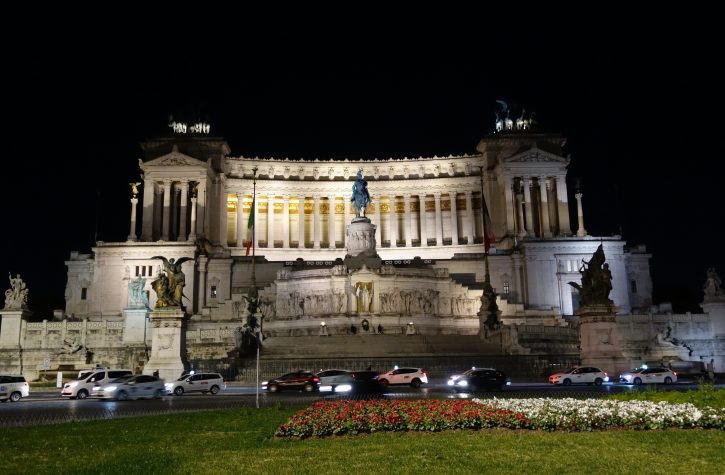






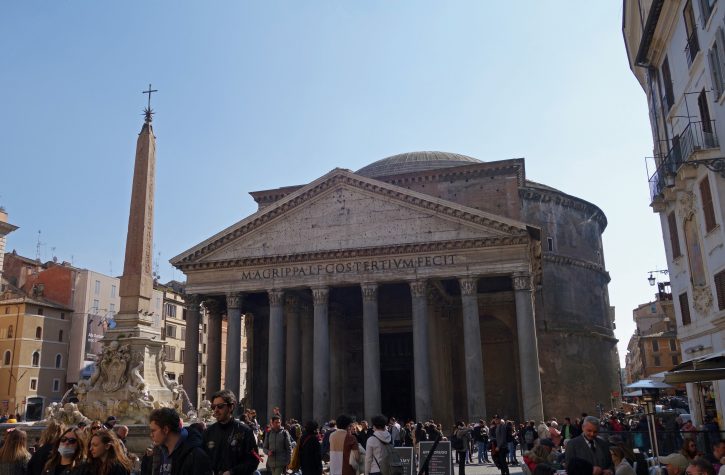




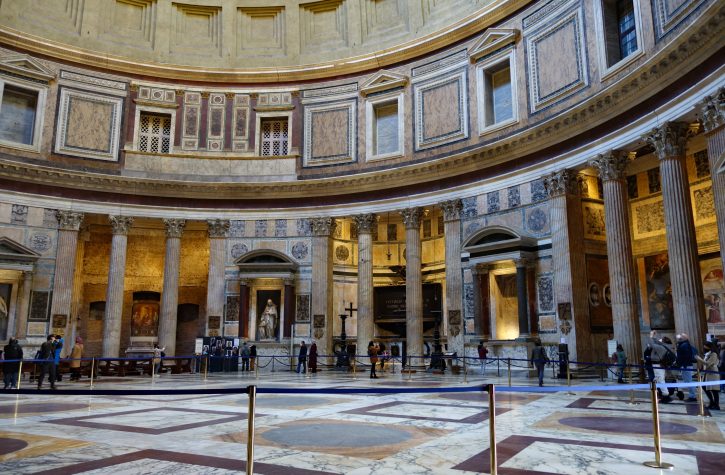





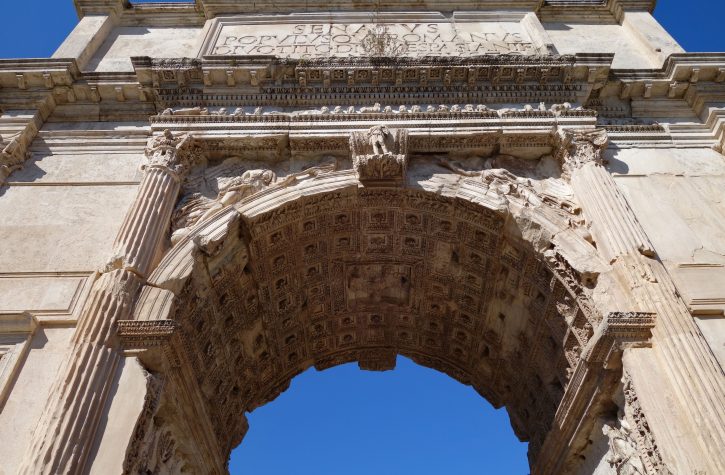







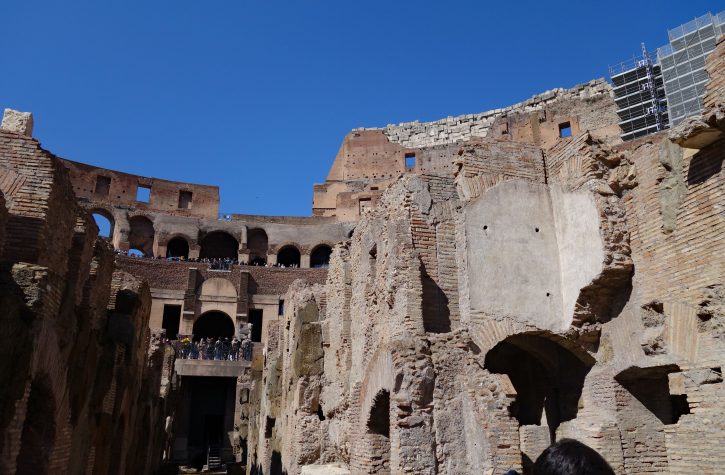







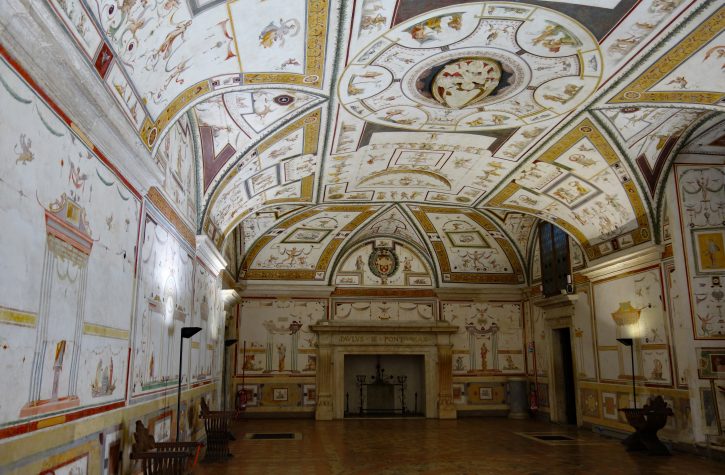

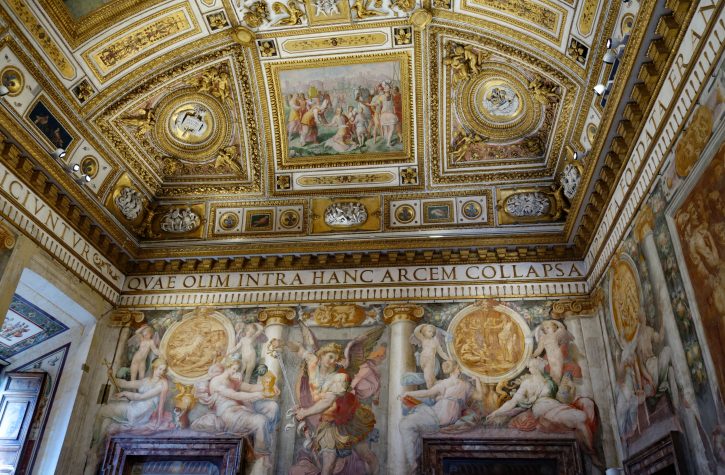


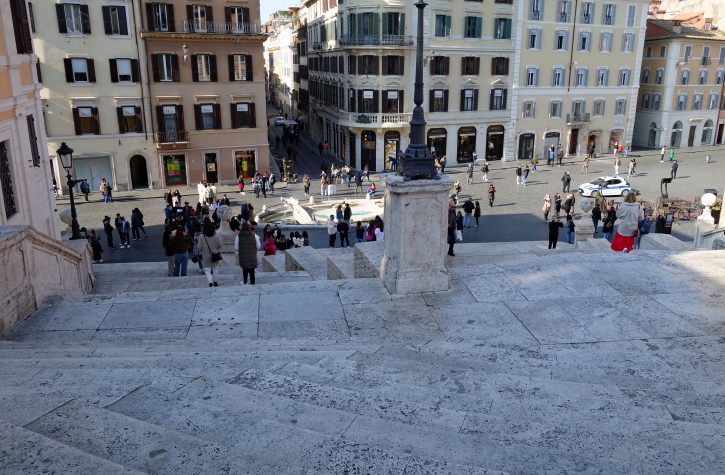


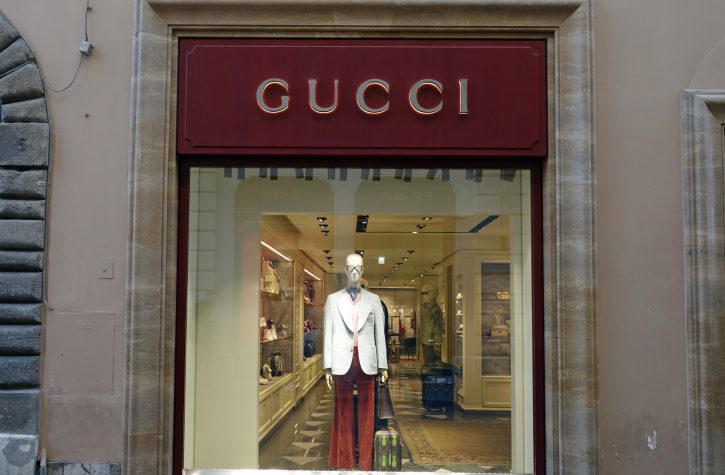

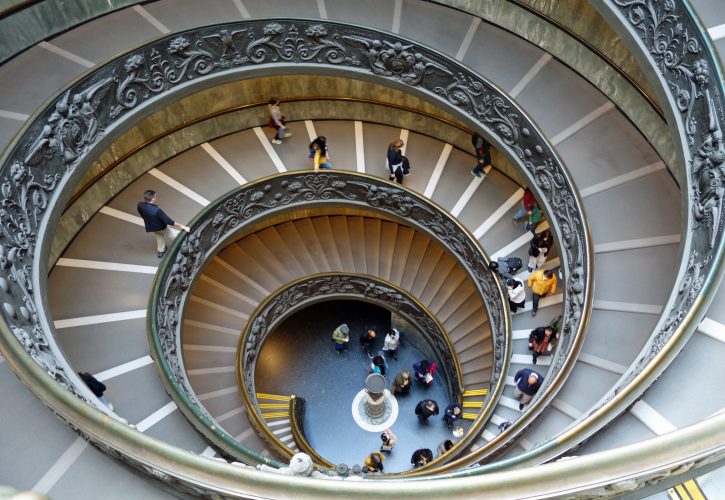












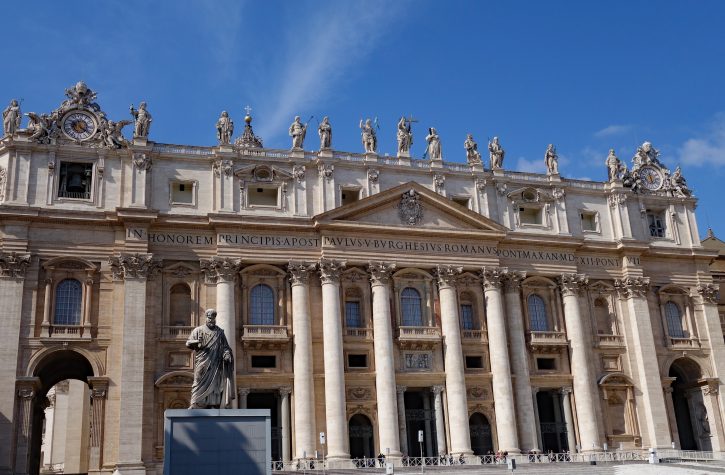



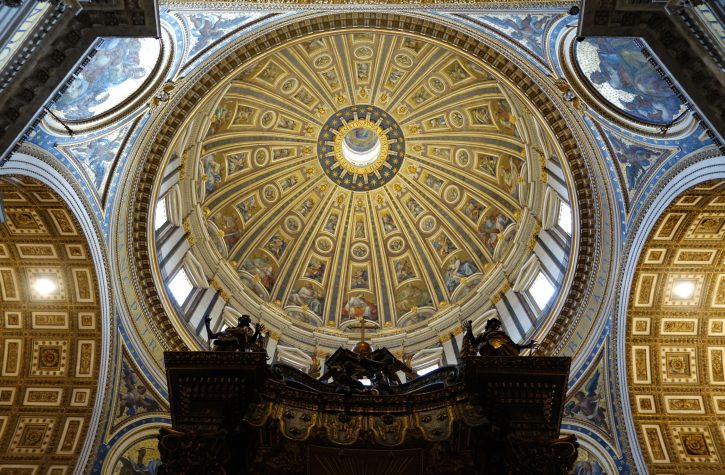



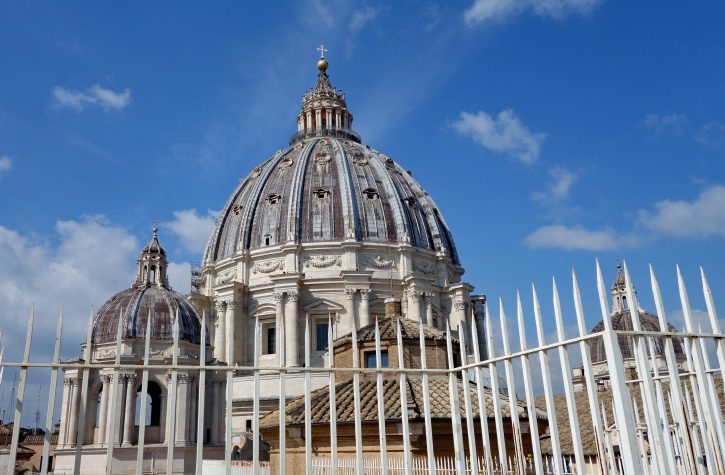
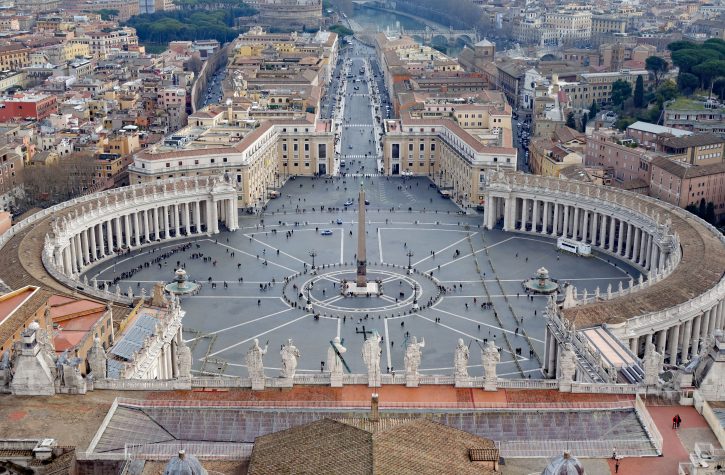
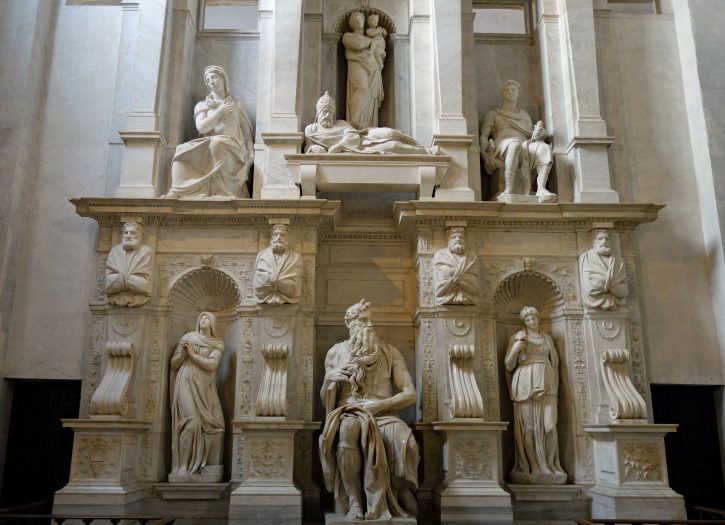



















What a wonderful post! You are a really good writer. Thank you for sharing!
Thanks so much for your kind words Kitty. I do this mainly so we have a diary of our travels but I am always thrilled if others enjoy the blog and if we can be of help to other travelers. Best wishes wherever your travels may take you 🙂